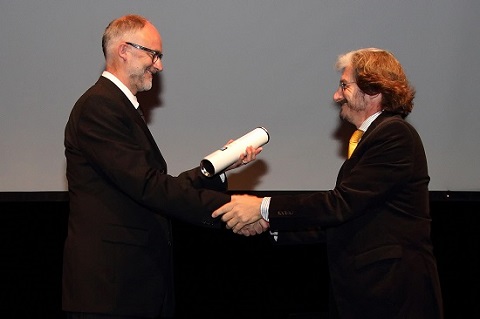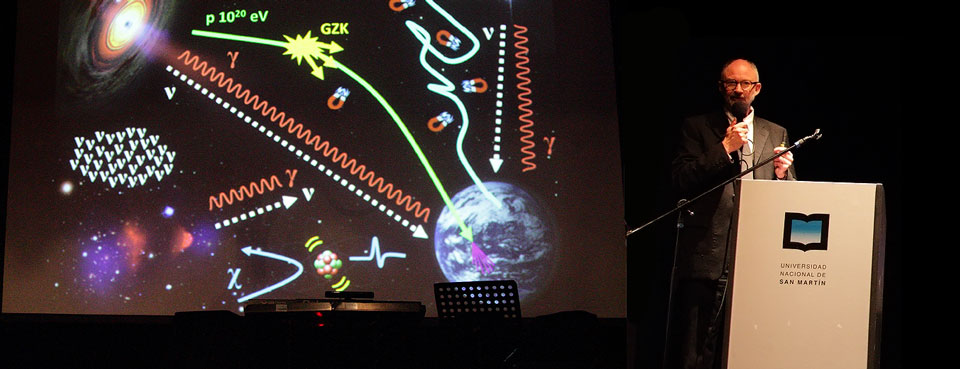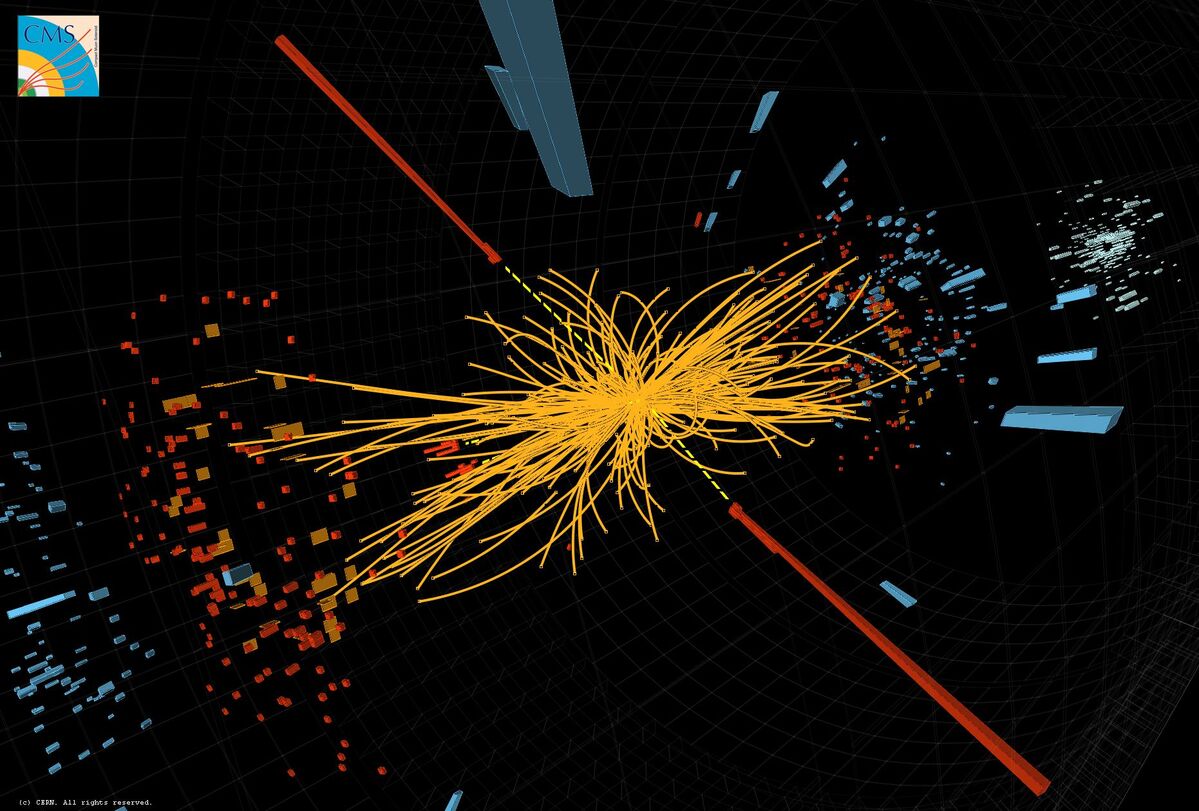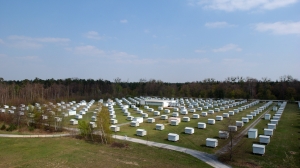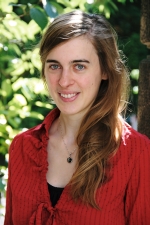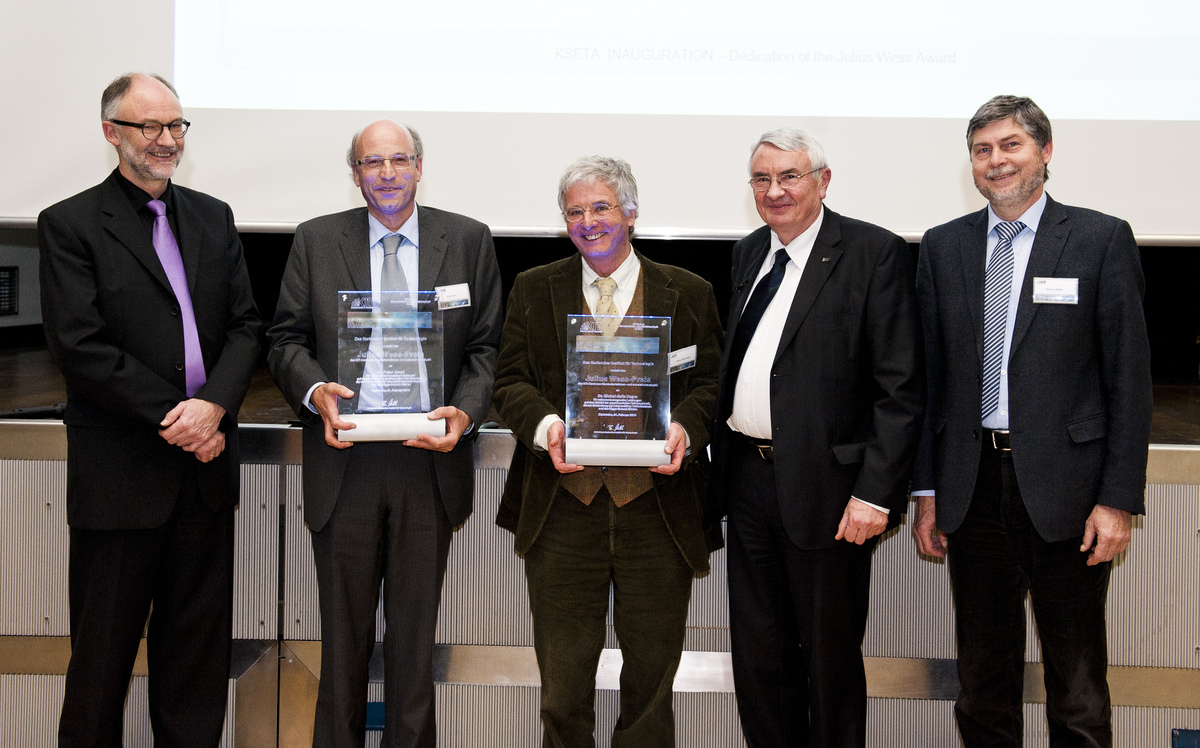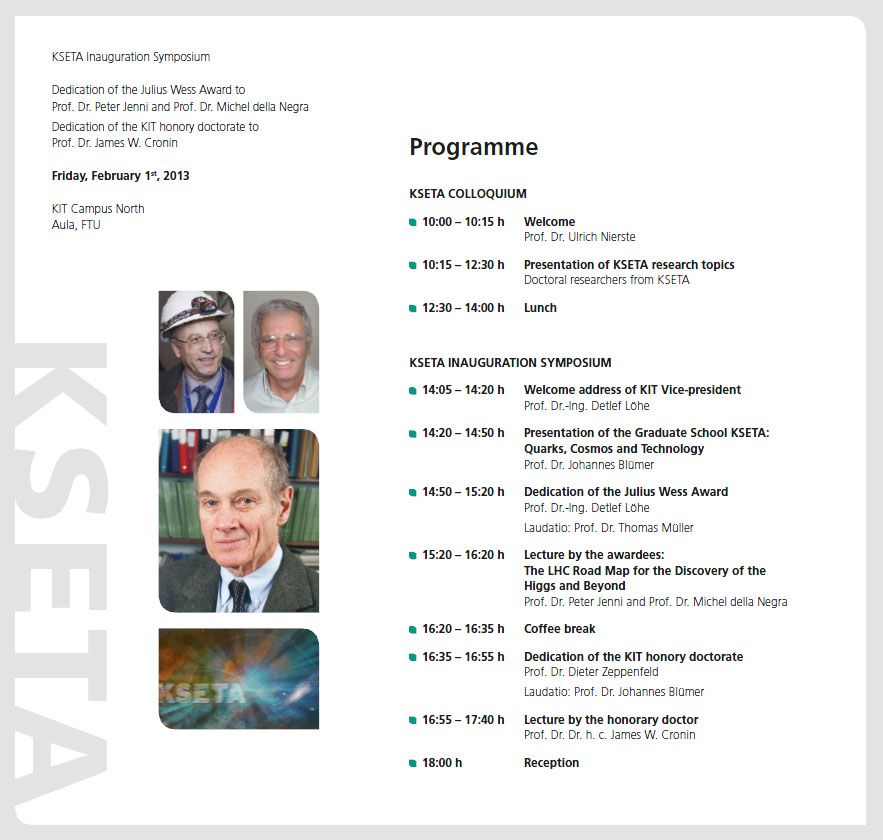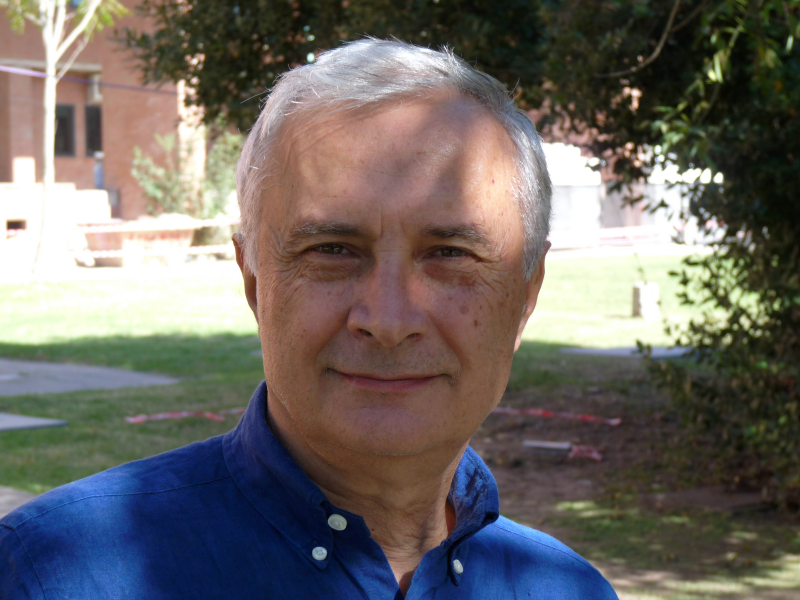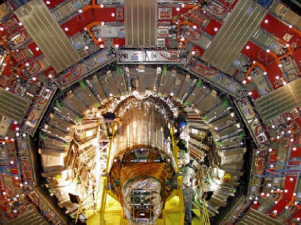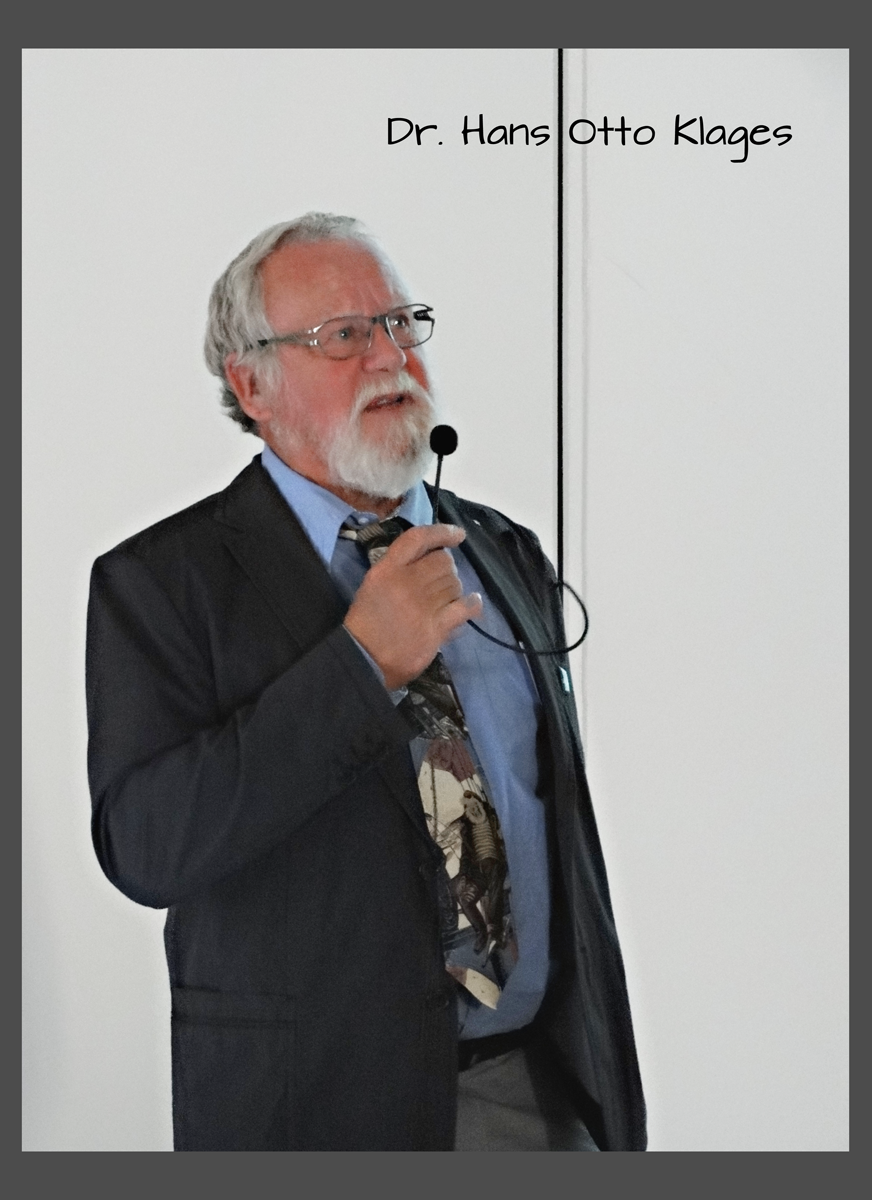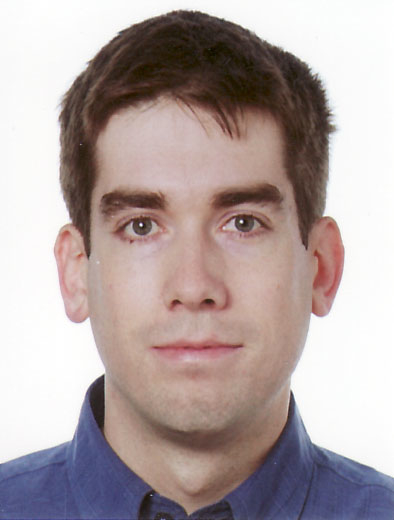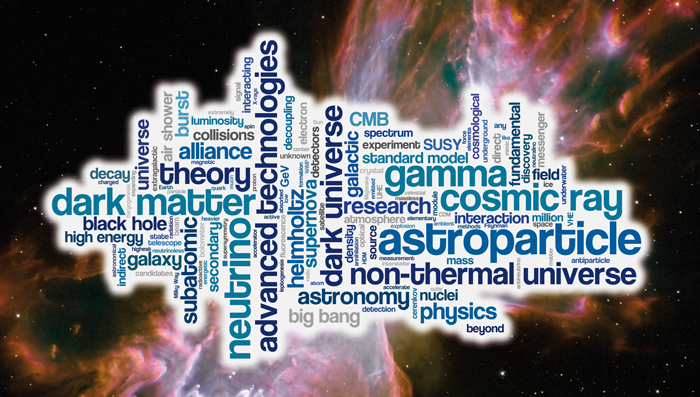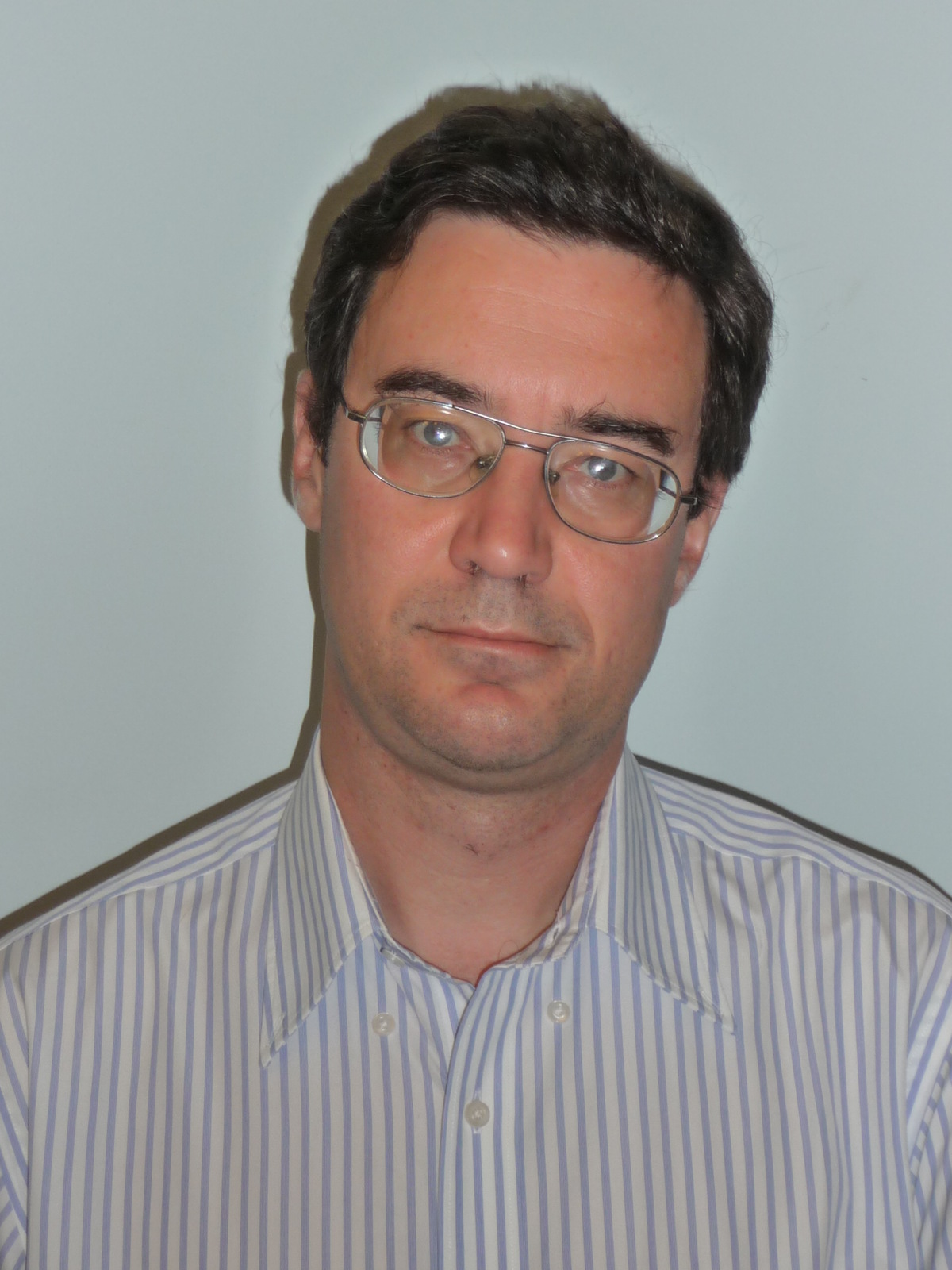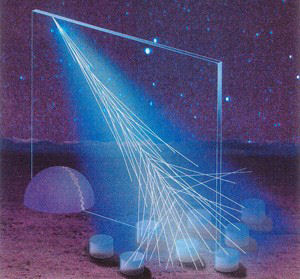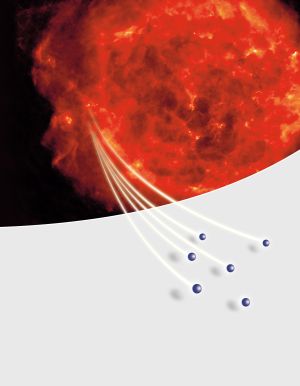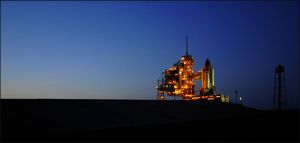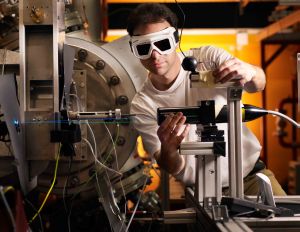KCETA establishes a new Graduate Research Training Group (RTG)
The new Graduate Research Training Group GRK 1694 „Elementarteilchenphysik bei höchster Energie und höchster Präzision“ studies experimental and theoretical elementary particle physics at KCETA.
The research areas of the RTG mirror the most recent developments in particle physics. The KIT groups are deeply involved in experiments at the Large Hadron Collider (LHC) at CERN, in Belle in Tsukuba and KATRIN in Karlsruhe. Theoretical work focuses on new methods for higher order corrections in quantum field theory and their application to phenomenological problems, aiming at better predictions of observables within the Standard Model and beyond. A second focal point is the development of Monte Carlo programs.
International networking is intrinsic to research in particle physics and an integral part of this RTG. It builds on experience gained with the DFG funded RTG „High Energy Physics and Particle Astrophysics“ which expired in 2010. The Graduate Research Training Group offers unique opportunities for the education of young scientists at KCETA.
Spokesperson: Professor Dr. Dieter Zeppenfeld
Argentine Delegation at KIT
KIT and the Institute of Detection Technologies and Astroparticle Physics (ITeDA) from Buenos Aires have signed an agreement to strengthen the international cooperation in the field of elementary particle and astroparticle physics. ITeDA is a newly founded common institution of two Argentine science organizations and the University of San Martin in Buenos Aires. The current agreement is based on the long-lasting cooperation of the Institute of Nuclear Physics in the design, the construction and commissioning of the Pierre Auger Observatory in Malargüe, Argentina. The Argentine guests were impressed by the research variety at KIT: the visiting program comprised the neutrino experiment KATRIN, the air shower experiment KASCADE, the synchroton radiation source ANKA, and the bioliq pilot plant (conversion of biomass to synthetic fuels). Further cooperative projects and a closer student exchange program are planned. (BNN clipping  )
)
Physics in Collision 2010 at KIT
The 30. international symposium on Phyics in Collision was held at KIT from September 1 - 4, 2010. The program of the conference was composed of invited talks and contributions in poster sessions. Invited speakers reviewed and updated key topics in elementary particle physics with the aim of encouraging informal discussions on new experimental results and their implications. Topics covered a wide range of physics subjects from experimental and theoretical collider physics to astroparticle physics. This year's symposium has been organised within KCETA (official website PIC2010)  .
.
KIT dedicates the Julius Wess Award to Jonathan Ellis
The KIT Center Elementary Particle and Astroparticle Physics (KCETA) of Karlsruhe Institute of Technology (KIT) has celebrated the Julius Wess Award ceremony on December 10, 2009. This year’s laureate is the British physicist Professor Dr. Jonathan Ellis, who is working at CERN in Geneva. (Press Release)  .
.
Presentation Supersymmetry, Dark Matter and the LHC
LHC Particle Accelerator in Operation Again – New Challenge for the Grid Computing Centre Karlsruhe
After a one-year repair, the largest particle accelerator in the world, the Large Hadron Collider (LHC) at the European Research Center CERN, is now ready for operation again. Last Friday, CERN scientists for the first time succeeded in sending two proton beams in opposite direction through the LHC. This restart of operation also results in new challenges for the Grid Computing Centre Karlsruhe (GridKa) that is part of the Steinbuch Centre for Computing (SCC). (Press Release  ).
).
Erna Scheffler Award Granted to Young Female Scientist from KCETA
The Erna Scheffler diploma award goes to the physicist Jennifer Girrbach from the Institute for Theoretical Particle Physics. The standard model of particle physics very precisely describes the fundamental components of matter and the forces acting between them at the energies that are experimentally accessible today. Still, there is substantial evidence of physical relationships beyond this standard model. In her diploma thesis, Girrbach expands the above model and comprehensively analyzes the effect of supersymmetrical particles on so-called processes violating the lepton number. The Large Hadron Collider (LHC) at CERN, Geneva, that will start opera-tion again in autumn this year, will provide an opportunity to find supersymmetrical particles (Press Release  ).
).
KASCADE Symposium
On March 30, 2009, a KASCADE Symposium entitled "Advances in Cosmic Ray Science  " took place on Campus-North of KIT. The occasion was the closure of the experiment after more than 12 years of operation.
" took place on Campus-North of KIT. The occasion was the closure of the experiment after more than 12 years of operation.
Celebrating the achievements of the KASCADE  and KASCADE-Grande experiments, a programme of lectures by selected speakers, presenting the results of our experiments, reporting on the status and activities in cosmic ray physics, and giving insights into the fascinating and sometimes entertaining history of KASCADE-Grande has been offered. For more information, please contact KCETA Managing Office.
and KASCADE-Grande experiments, a programme of lectures by selected speakers, presenting the results of our experiments, reporting on the status and activities in cosmic ray physics, and giving insights into the fascinating and sometimes entertaining history of KASCADE-Grande has been offered. For more information, please contact KCETA Managing Office.
Inauguration of the Pierre Auger experiment in Argentina
On November 14, 2008 the official inauguration ceremony of the international Pierre Auger  experiment took place in the Argentine pampa. Physicists of the international collaboration, with the largest group coming from KIT, have reached their first stage goal with the completion of the Auger-South array. First results already obtained during the construction of the Auger observatory are so exciting, that a second instrument is planned to be built in the northern hemisphere in Colorado/USA.
experiment took place in the Argentine pampa. Physicists of the international collaboration, with the largest group coming from KIT, have reached their first stage goal with the completion of the Auger-South array. First results already obtained during the construction of the Auger observatory are so exciting, that a second instrument is planned to be built in the northern hemisphere in Colorado/USA.
KIT in Karlsruhe City Hall
The establishment of the Karlsruhe Institute of Technology (KIT) was celebrated in February 2008. In the follow-up of the series "University in the city hall", where faculties of the university were offered the possibility to present themselves in the city hall of Karlsruhe since 2002, the KIT centers, areas of competence and main focuses of KIT are introduced henceforth.
The KIT Center Elementary Particle Physics and Astroparticle Physics (KCETA) was presented with the title "Particles and forces in the Universe" on Tuesday, December 9, 2008 (Program  ). More than 200 visitors informed themselves about the scientific program of KCETA and visited the exhibition in the CITY Hall.
). More than 200 visitors informed themselves about the scientific program of KCETA and visited the exhibition in the CITY Hall.
Who is Mister X?
On December 04, 2008 scientists of the KCETA Institute for Experimental Nuclear Physics (EKP) achieved the Fermilab Result of the Week (Fermilab Today  ).
).
KCETA Inauguration Symposium
On November 10, 2008 the KIT Center Elementary Particle and Astroparticle Physics KCETA has celebrated its inauguration with an international symposium held in the Audimax lecture hall at Campus-South of KIT. Besides important guests from science and politics top-class speakers like the Nobel prize laureate Prof. Dr. Frank Wilczek and Astronomer Royal em. Prof. Sir Arnold Wolfendale were invited to this ceremonial act. For more information, please contact KCETA Managing Office.
KCETA Julius Wess Award established
The Julius Wess Award of the KIT Center Elementary Particle and Astroparticle Physics reminds of Professor Julius Wess who was highly engaged in theoretical and experimental elementary particle physics during his about twenty years professorship at the University of Karlsruhe. Publications of international importance emerged from his studies and field theoretical terms like the Wess-Zumino effect or the formulation of the first supersymmetrical quantum field theory, the Wess-Zumino model, will be associated with his name forever.
The research prize will annually be awarded to an elementary particle or astroparticle physicist, for outstanding experimental or theoretical scientific achievements extending and deepening our understanding of fundamental laws of nature.
The Julius Wess Prize 2008 has been awarded during the KCETA Inauguration Symposium on November 10, 2008 to Professor Frank Wilczek. For more information, please contact KCETA Managing Office.
CORSIKA SCHOOL 2008
Supported by KCETA the international School for modeling extensive air showers by means of the world-wide de facto standard code CORSIKA  took place in November 2008 in Freudenstadt-Lauterbad with 70 participants from 19 counties. CORSIKA was developed at Forschungszentrum Karlsruhe and is continuously extended and carefully maintained. The school aims at imparting the knowledge to scientists and students necessary for simulations and for the understanding of air showers.
took place in November 2008 in Freudenstadt-Lauterbad with 70 participants from 19 counties. CORSIKA was developed at Forschungszentrum Karlsruhe and is continuously extended and carefully maintained. The school aims at imparting the knowledge to scientists and students necessary for simulations and for the understanding of air showers.
KIT in Japan
On July 1, 2008 the KCETA institute for Experimental Nuclear Physics (EKP) has become official member of the international “BELLE” collaboration at the National Laboratory for High Energy Physics KEK in Tsukuba north of Tokio. The BELLE experiment is operated at an electron-positron collider which provides the highest collision rates world wide. It performs precision measurements at elementary particles carrying a beauty-quark and searches for deviations from the standard model of matter and forces. With joining the BELLE experiment the institute is now doing research at particle accelerators in three continents, at KEK and at Fermilab near Chicago, USA, as well as at the LHC of CERN near Geneva, Switzerland. No other particle physics institute world-wide covers such a broad experimental program. Nevertheless, we hope, that other German institutes will follow the Karlsruhe example and join the BELLE experiment and its planned extension.
For more information, please contact Profs. Feindt and Müller – Phone +49 (0)721 608 3521

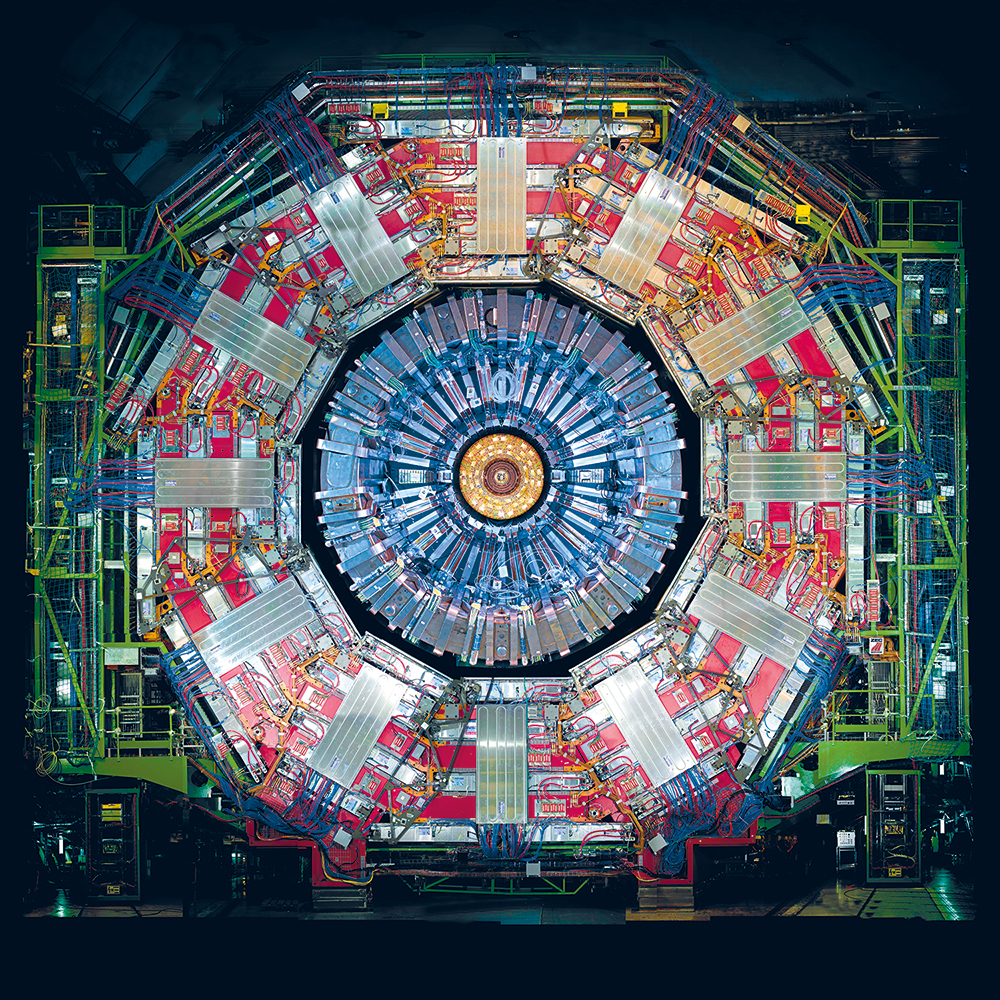
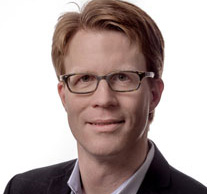
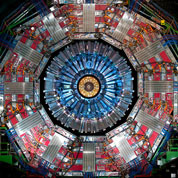
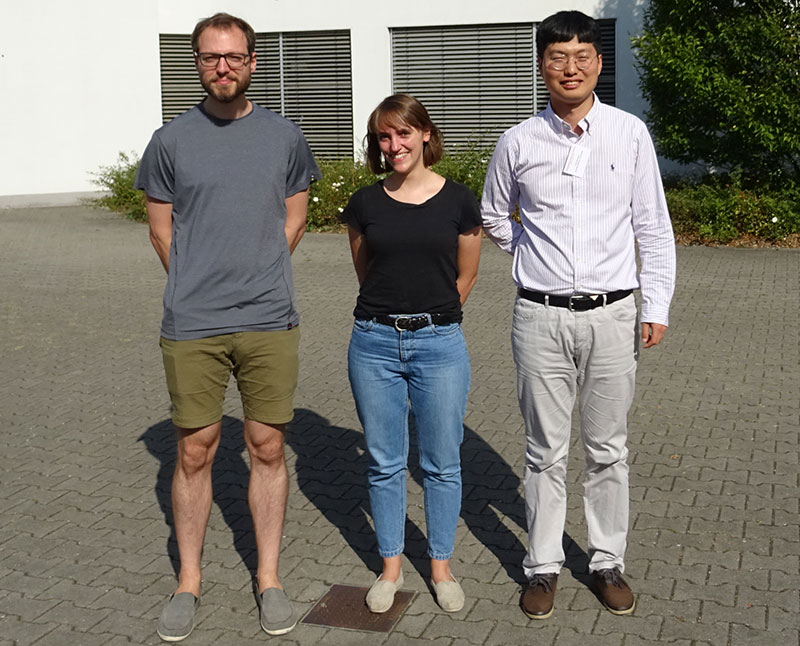
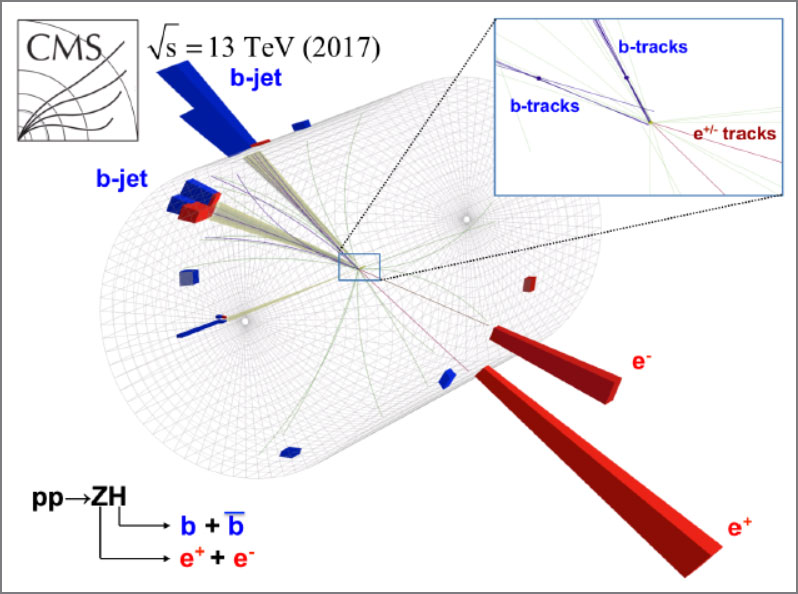
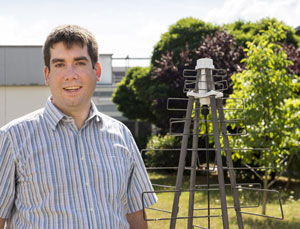
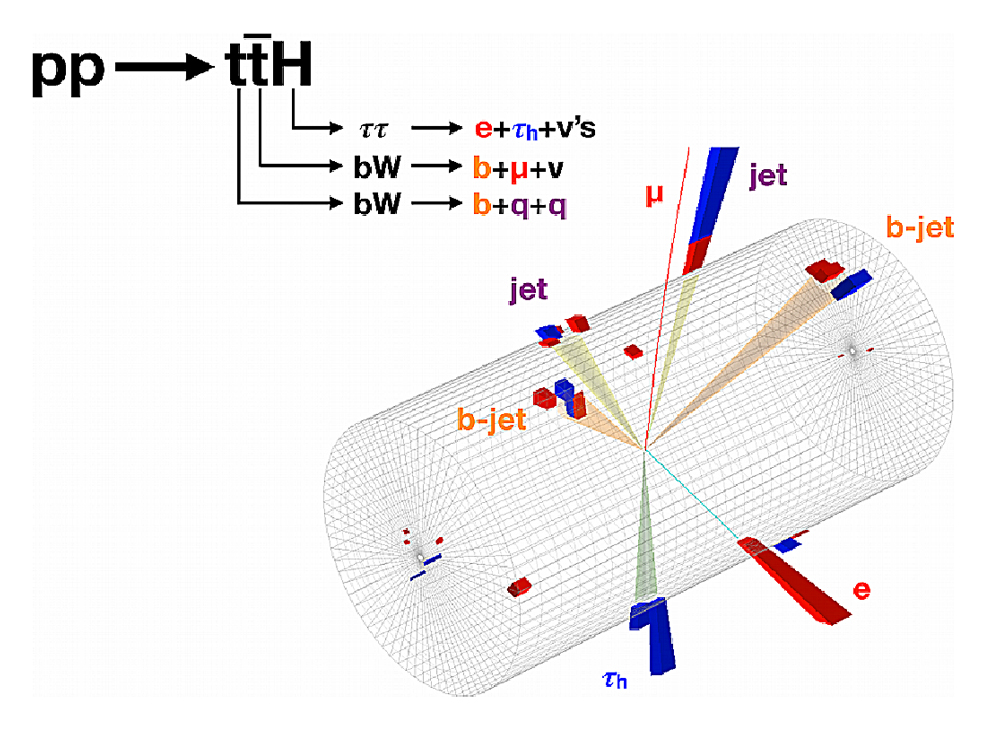
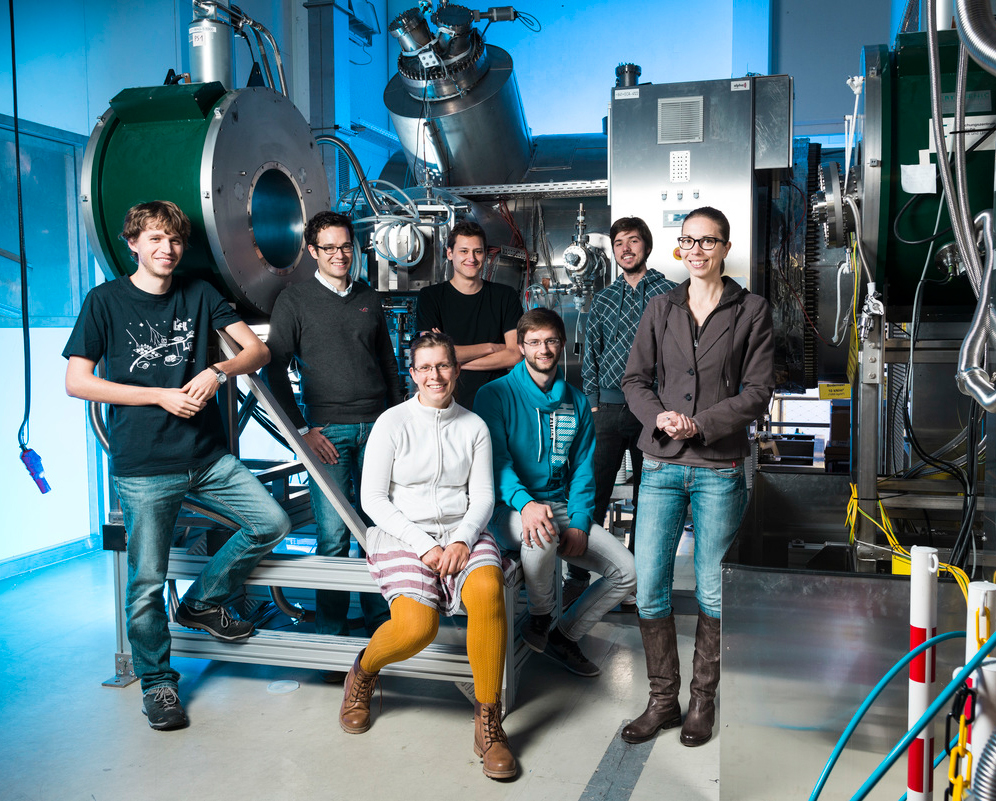
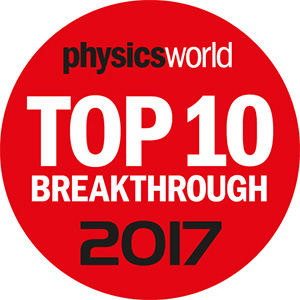
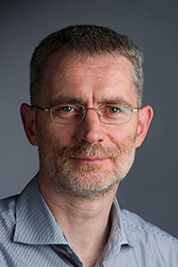
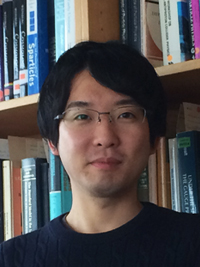
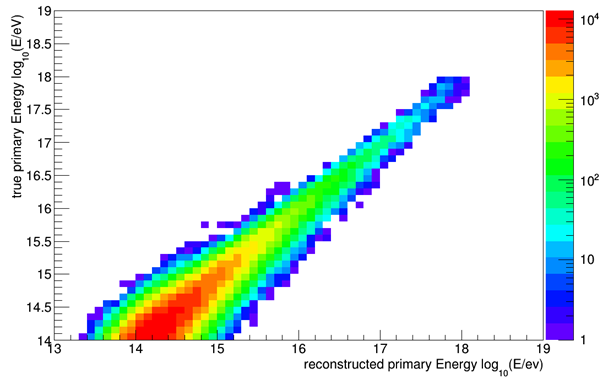
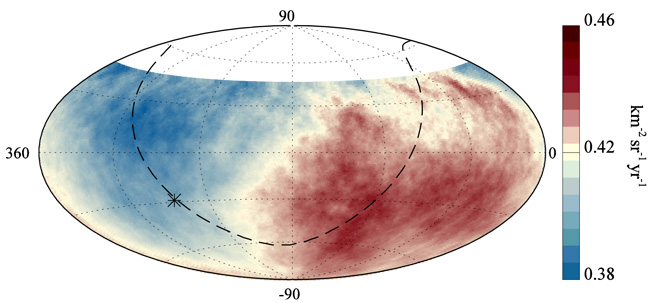
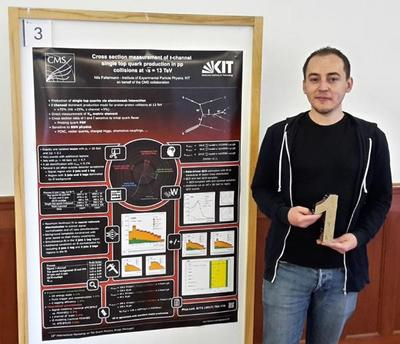
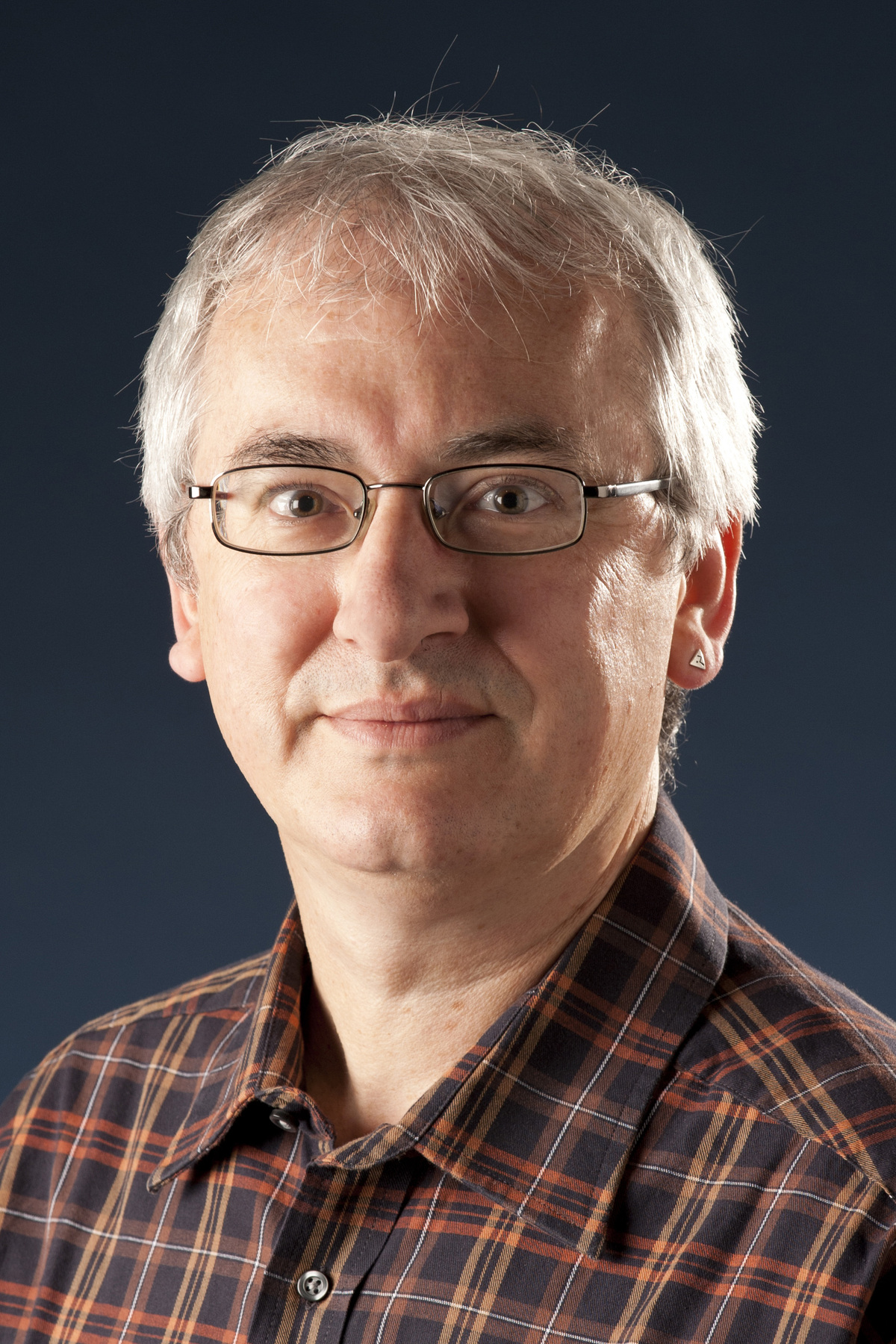
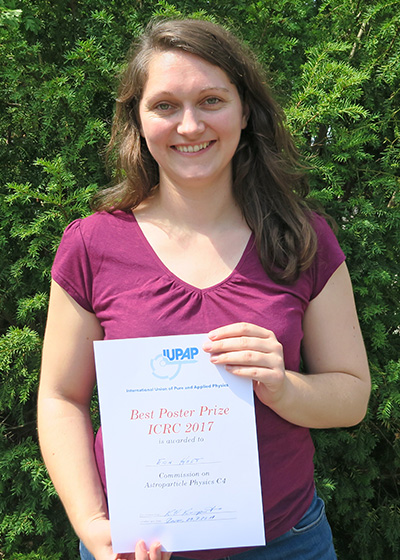
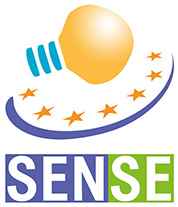
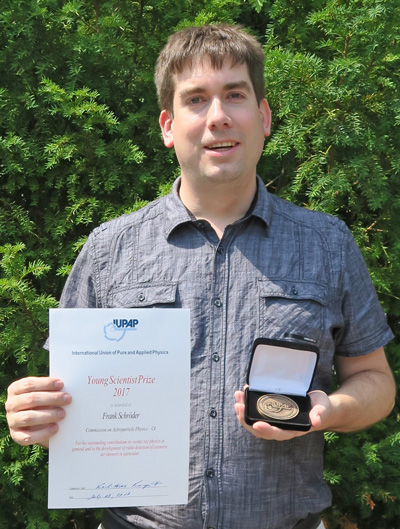
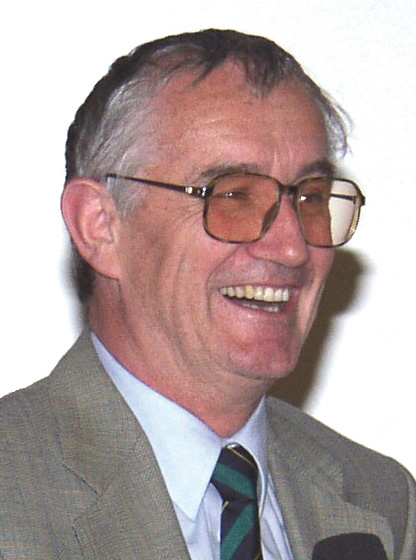
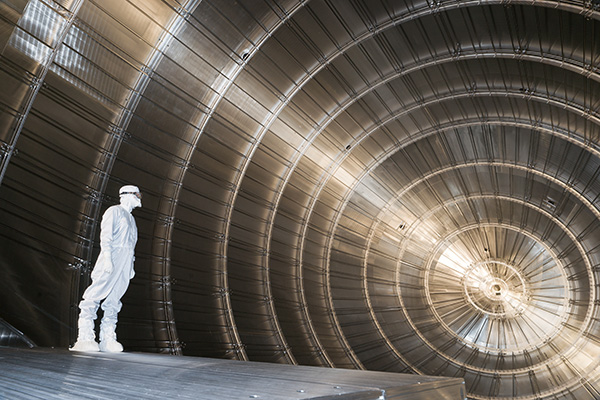
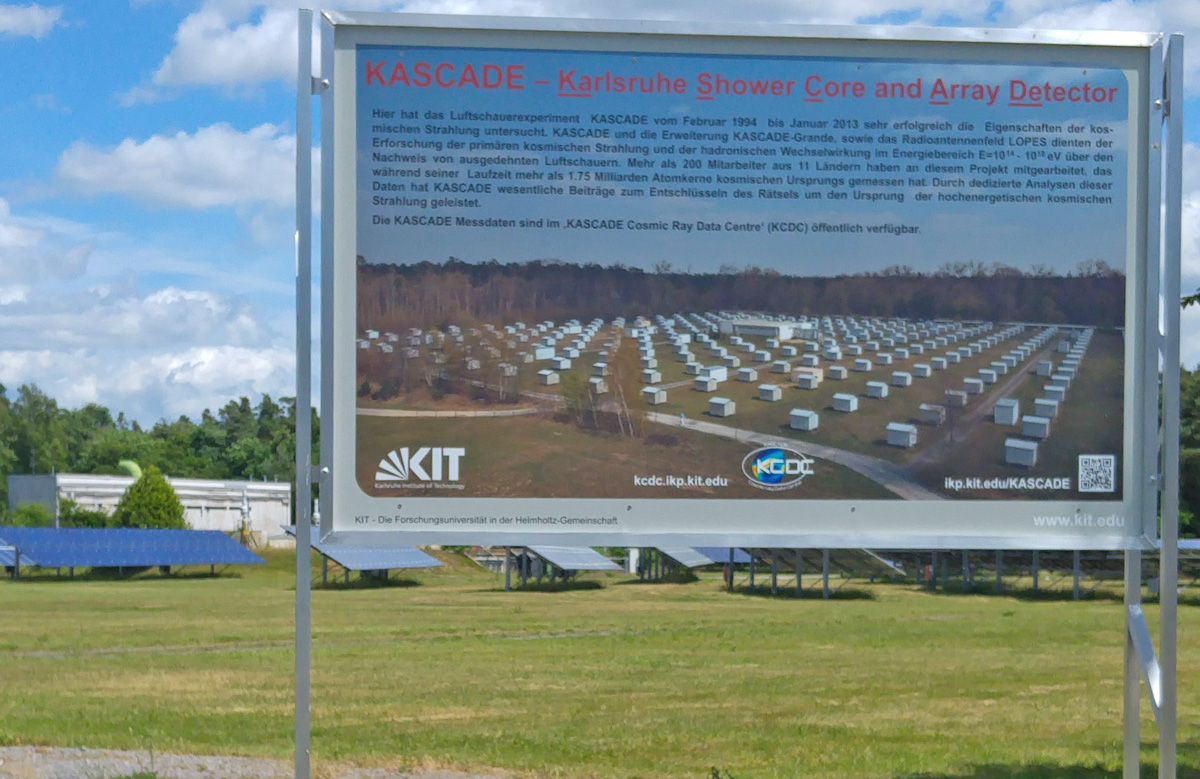
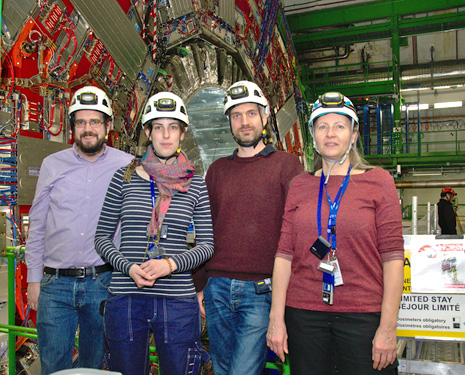
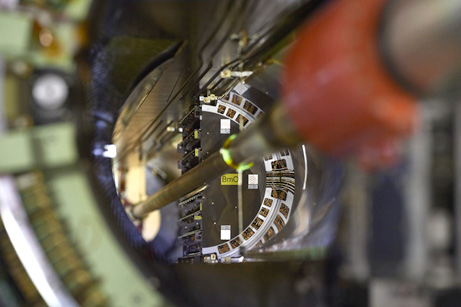
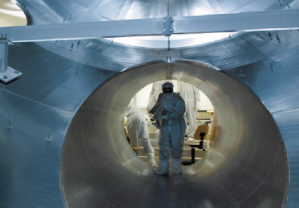
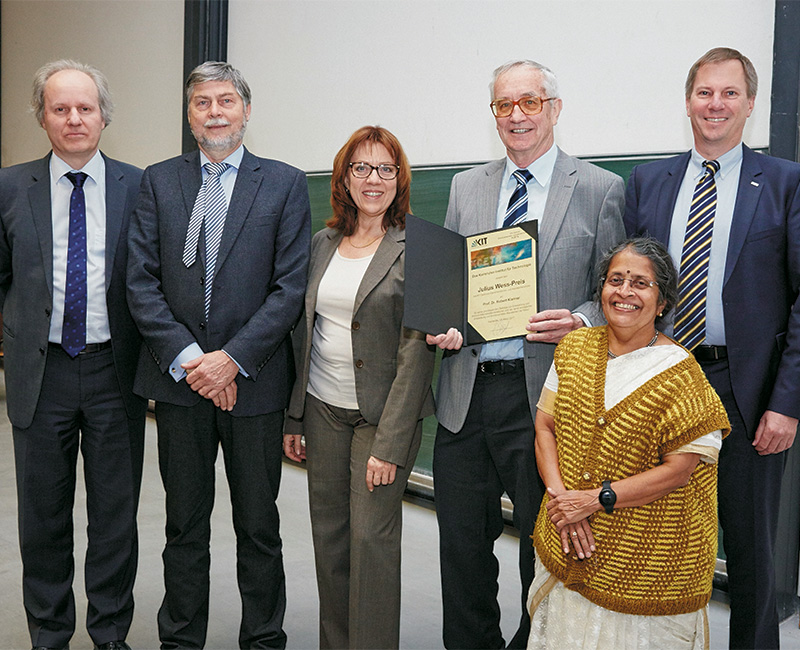

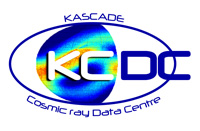
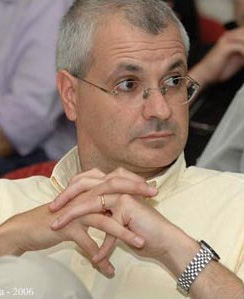
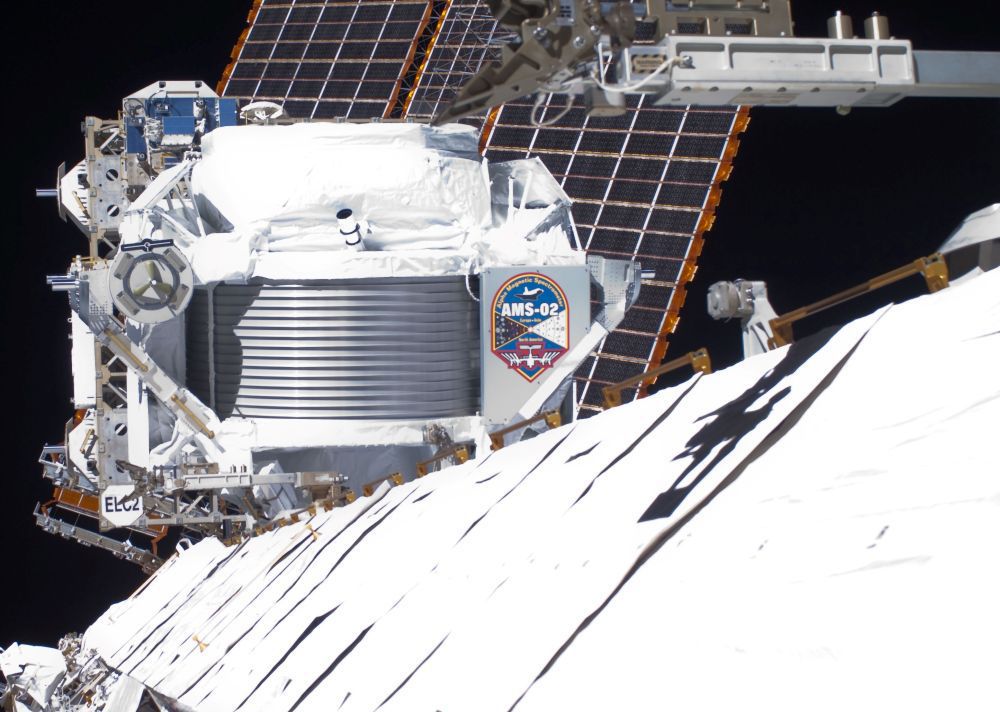
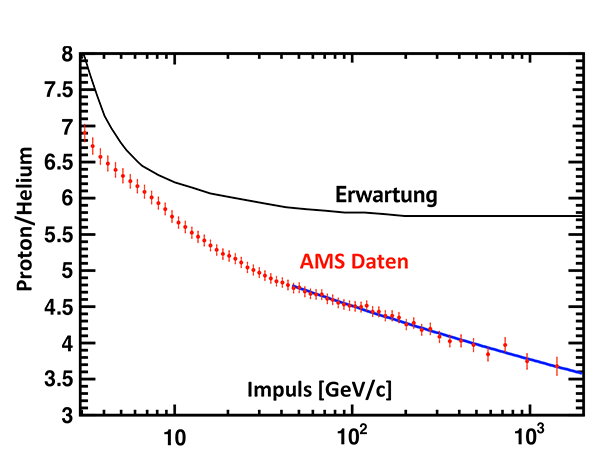
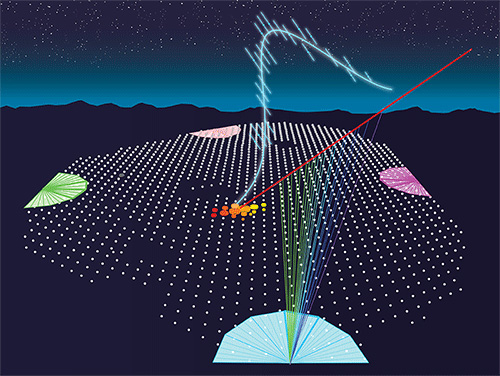
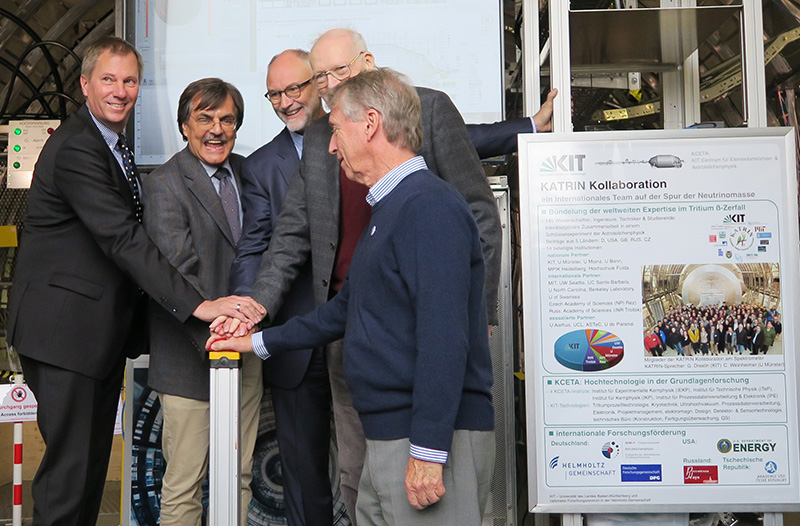
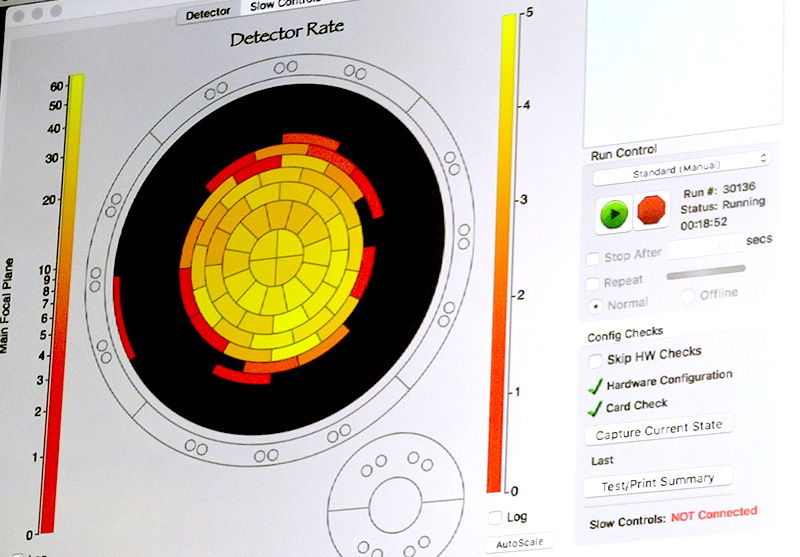
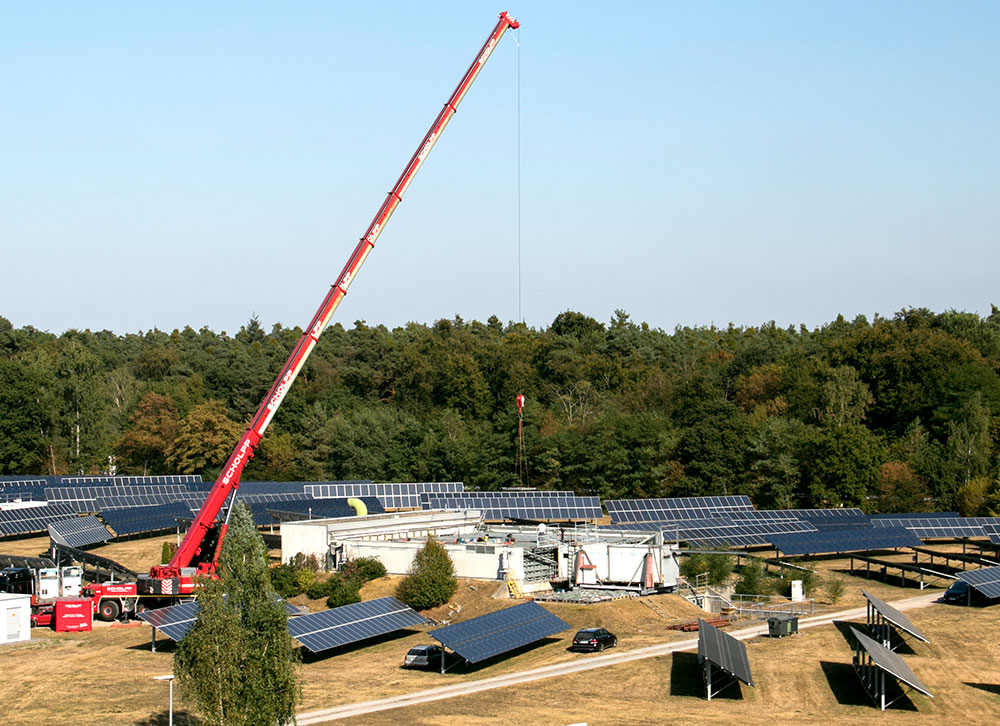
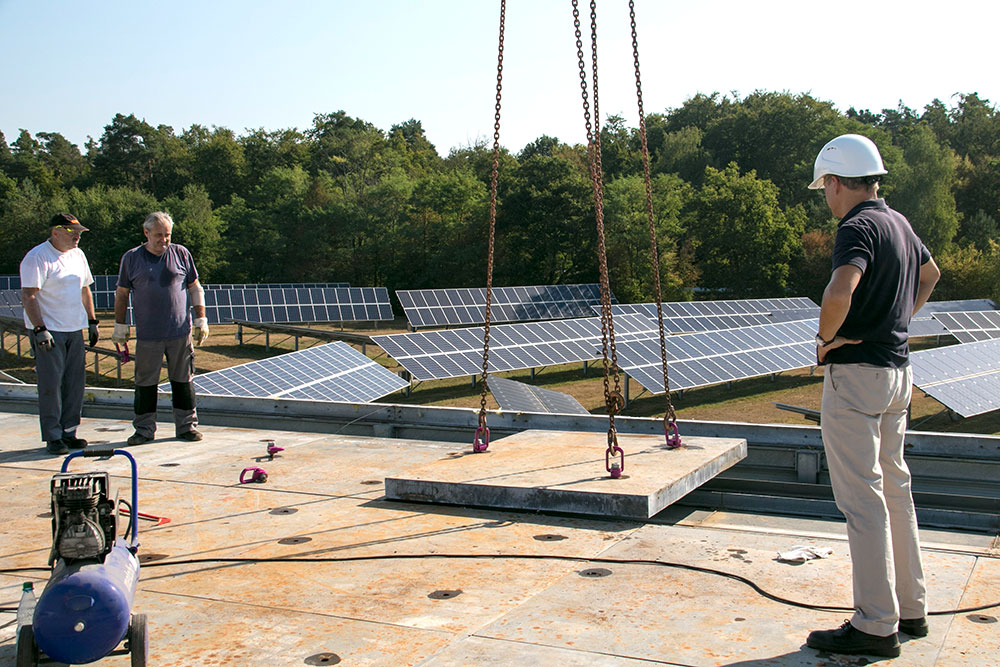
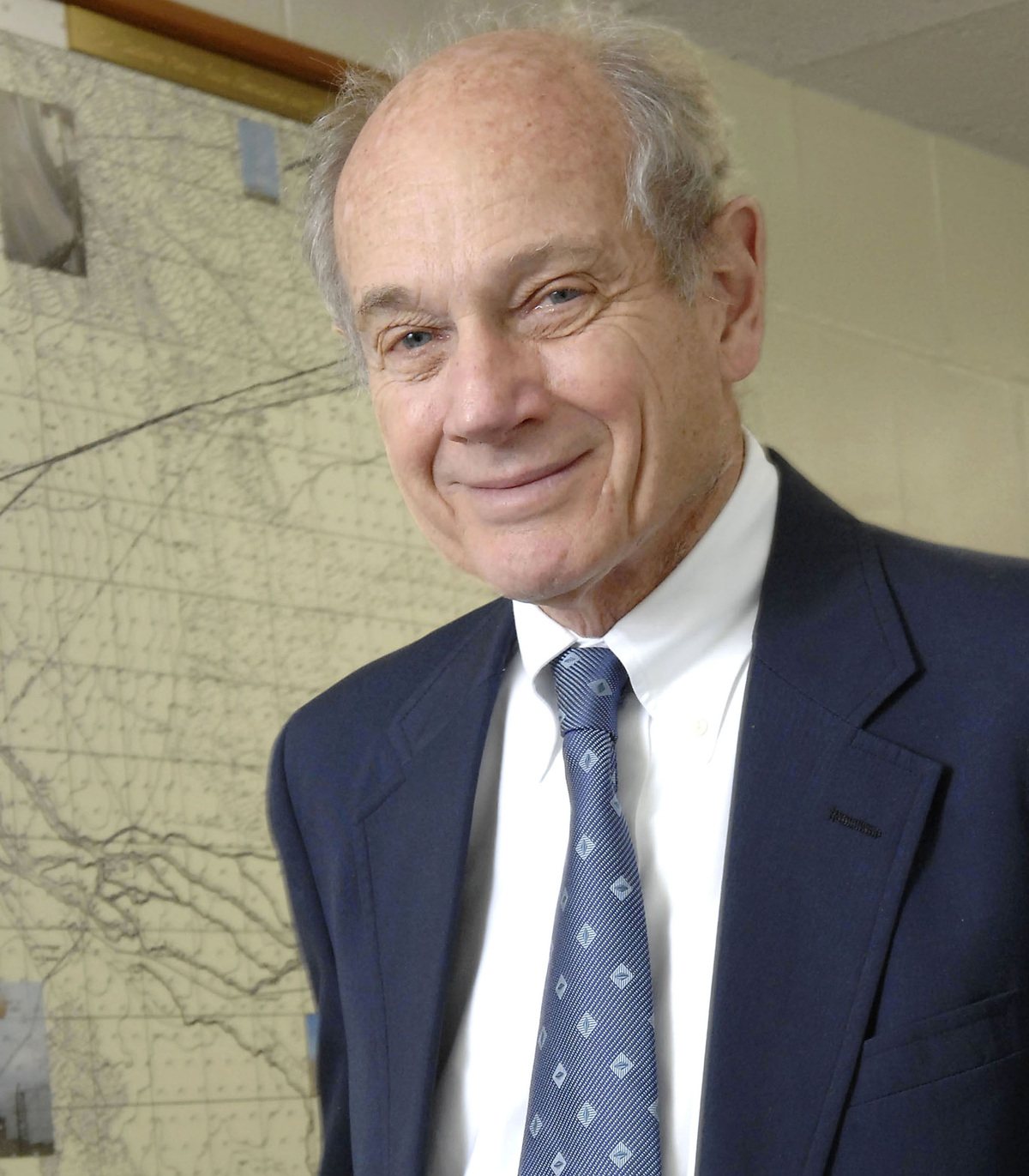
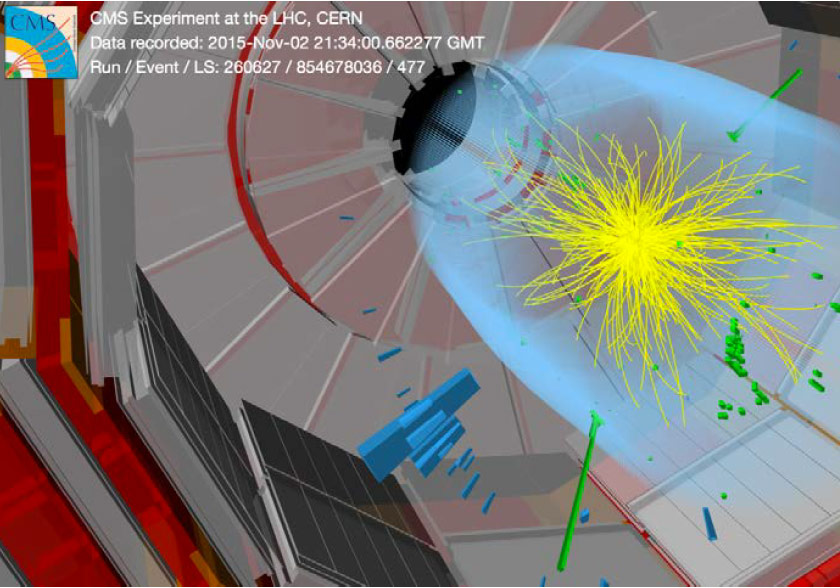

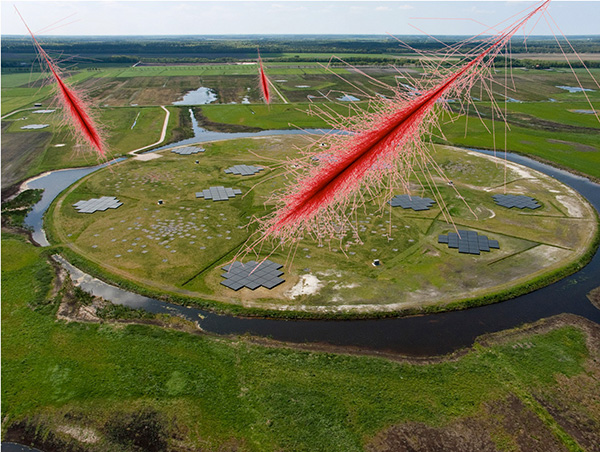
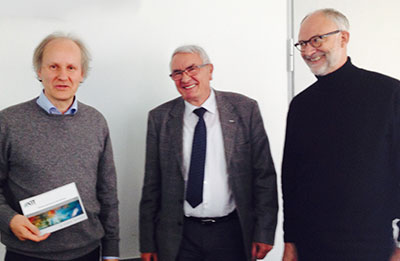
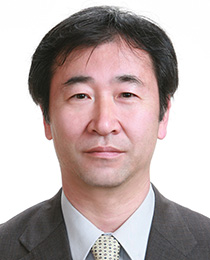
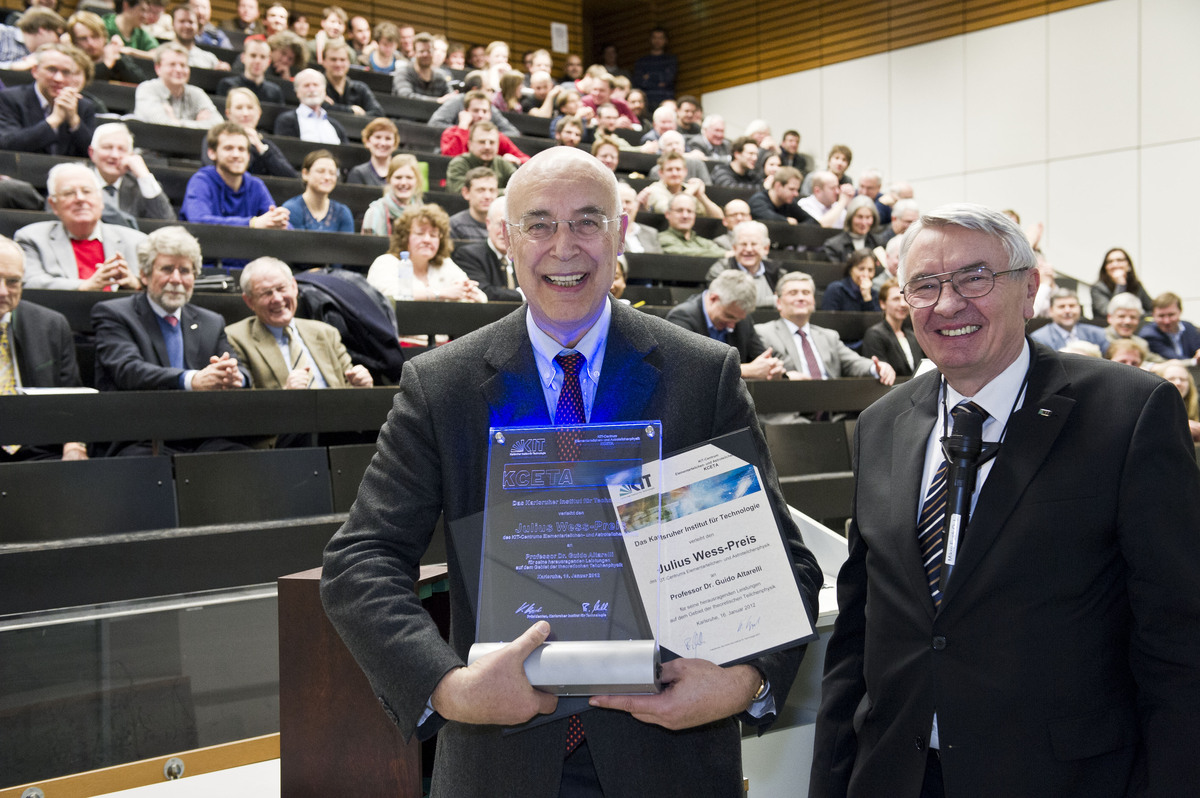
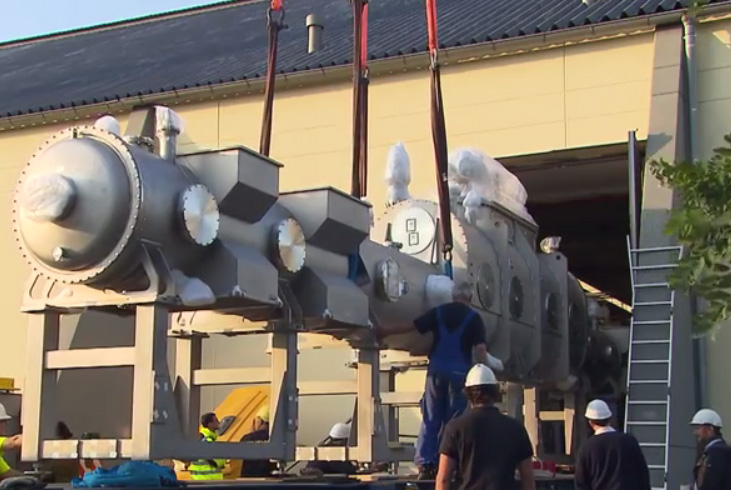
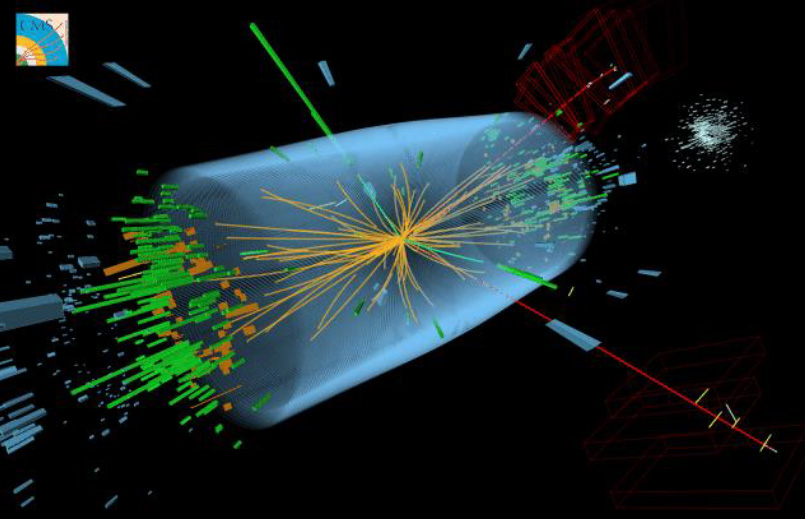
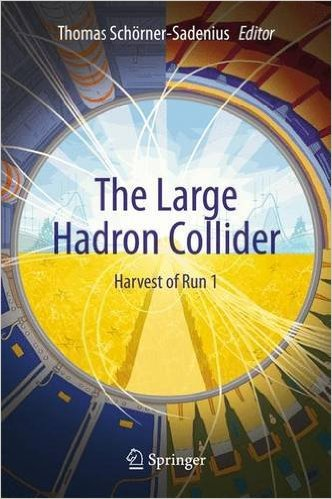
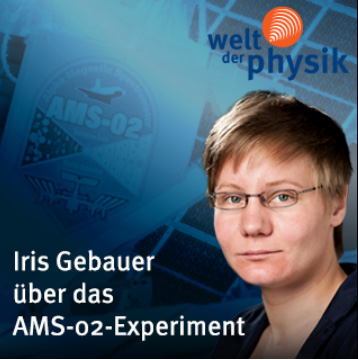
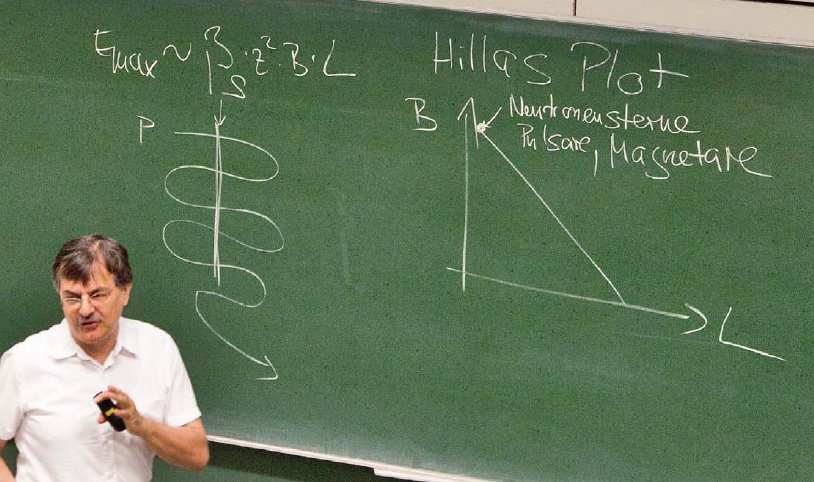
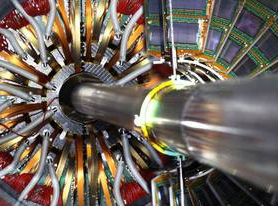
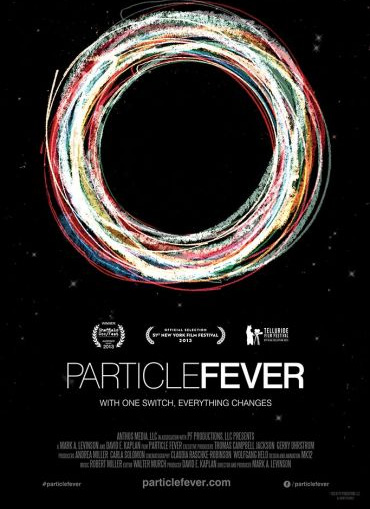
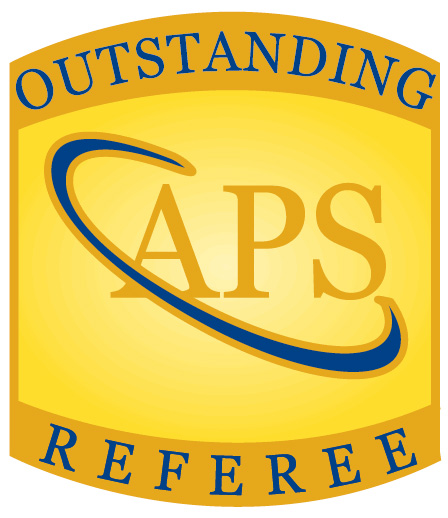
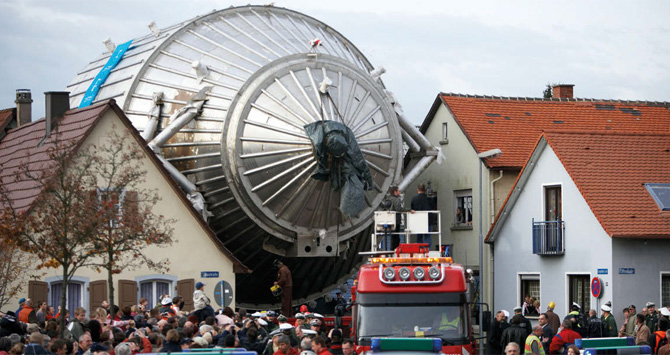
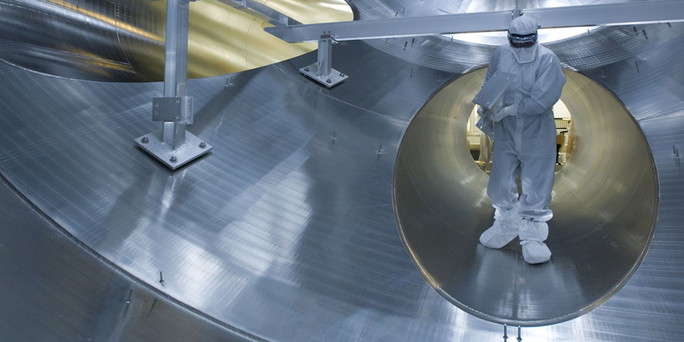
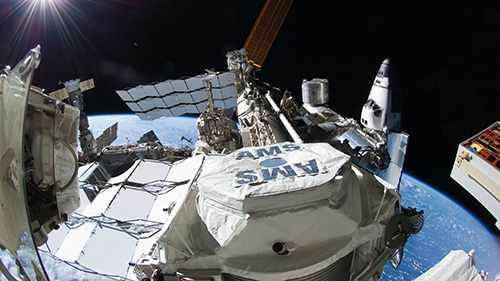
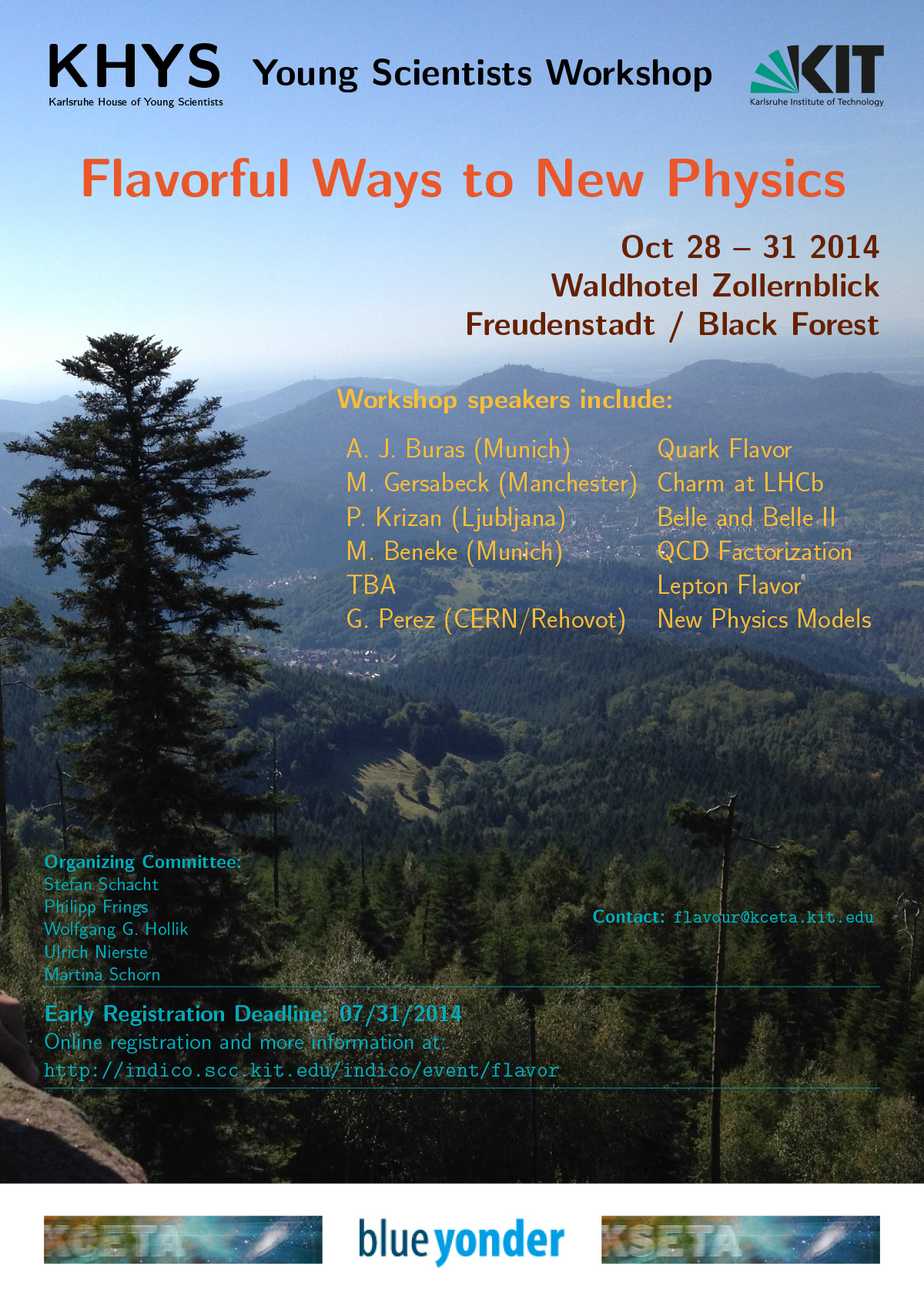
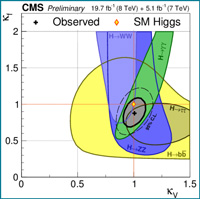
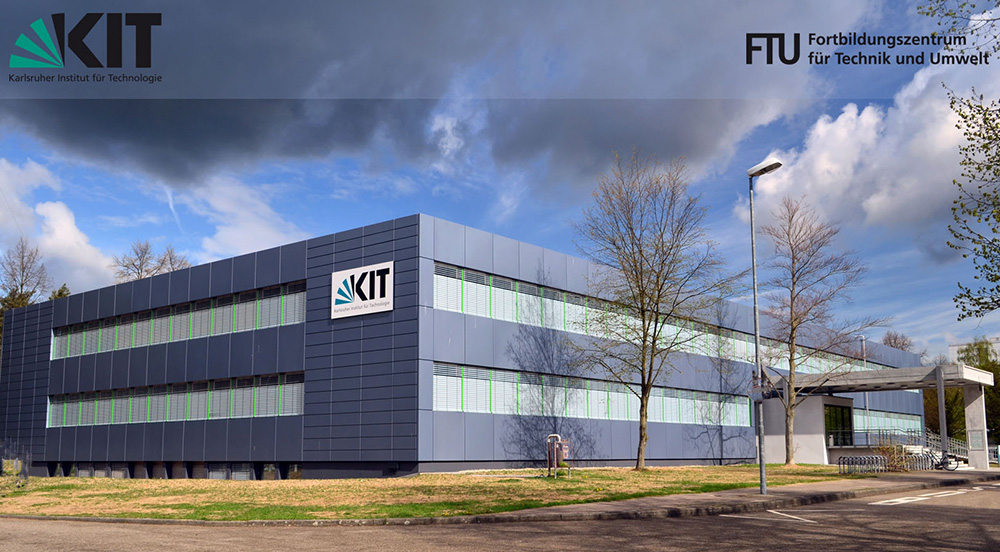
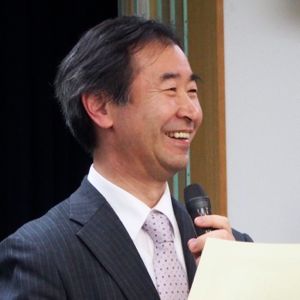
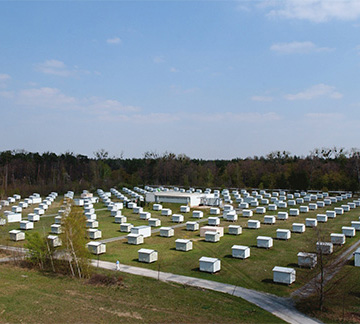
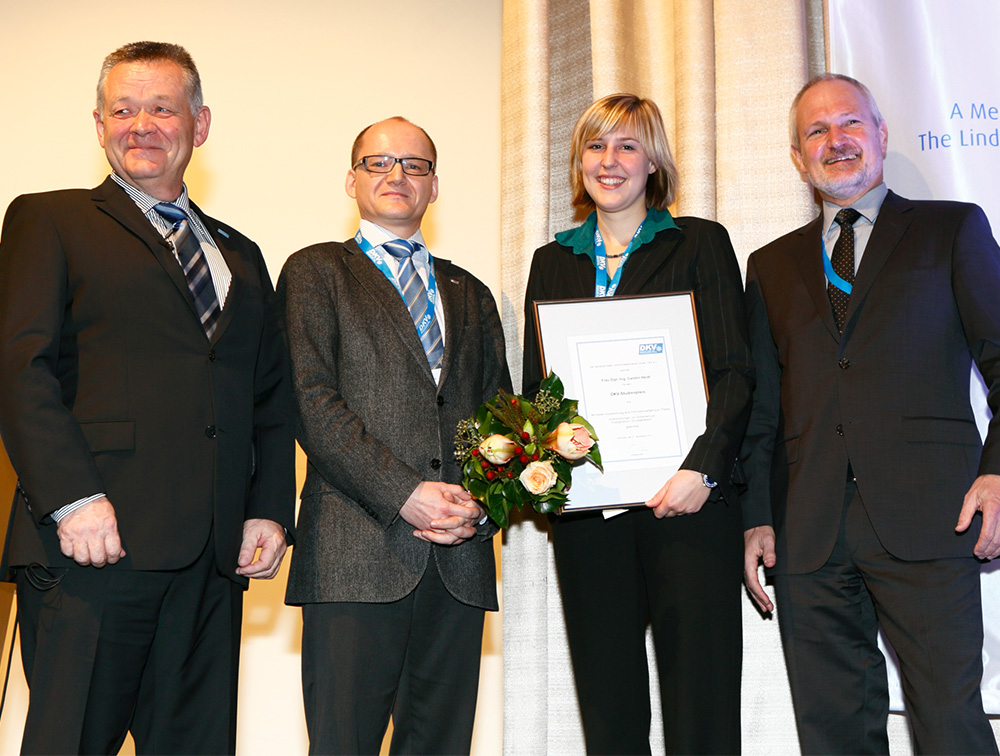
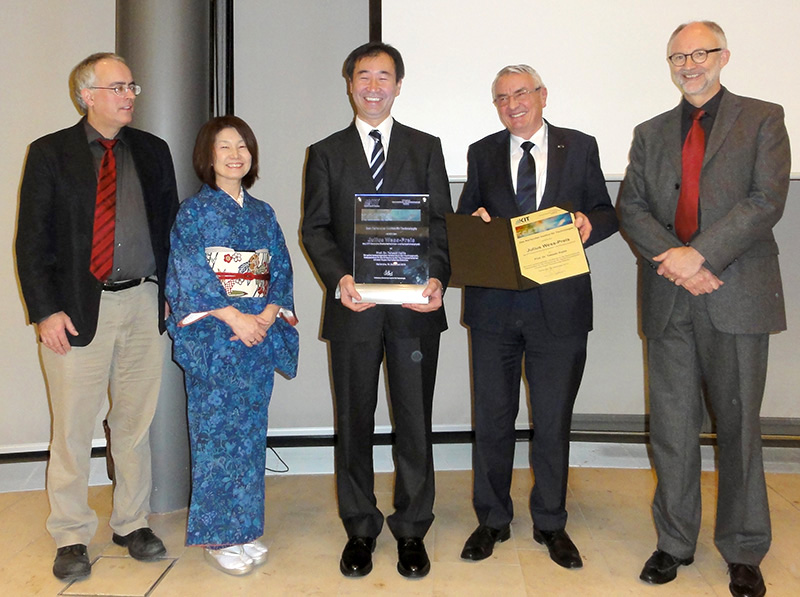
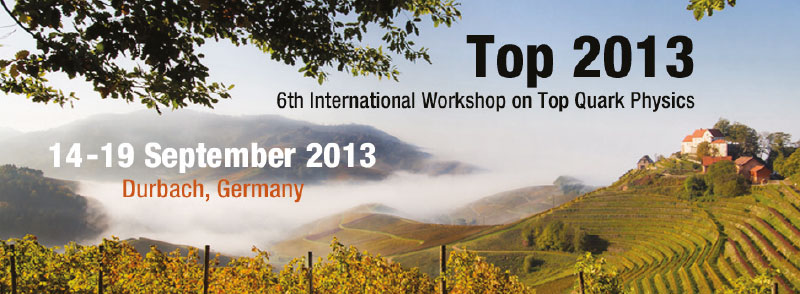
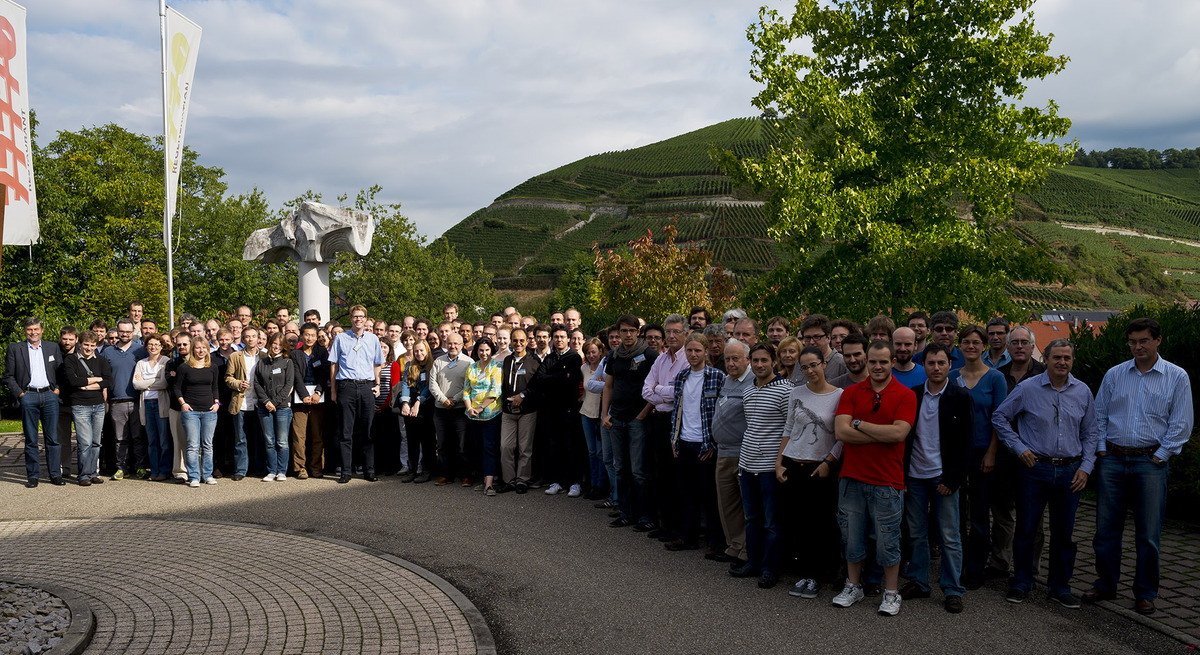
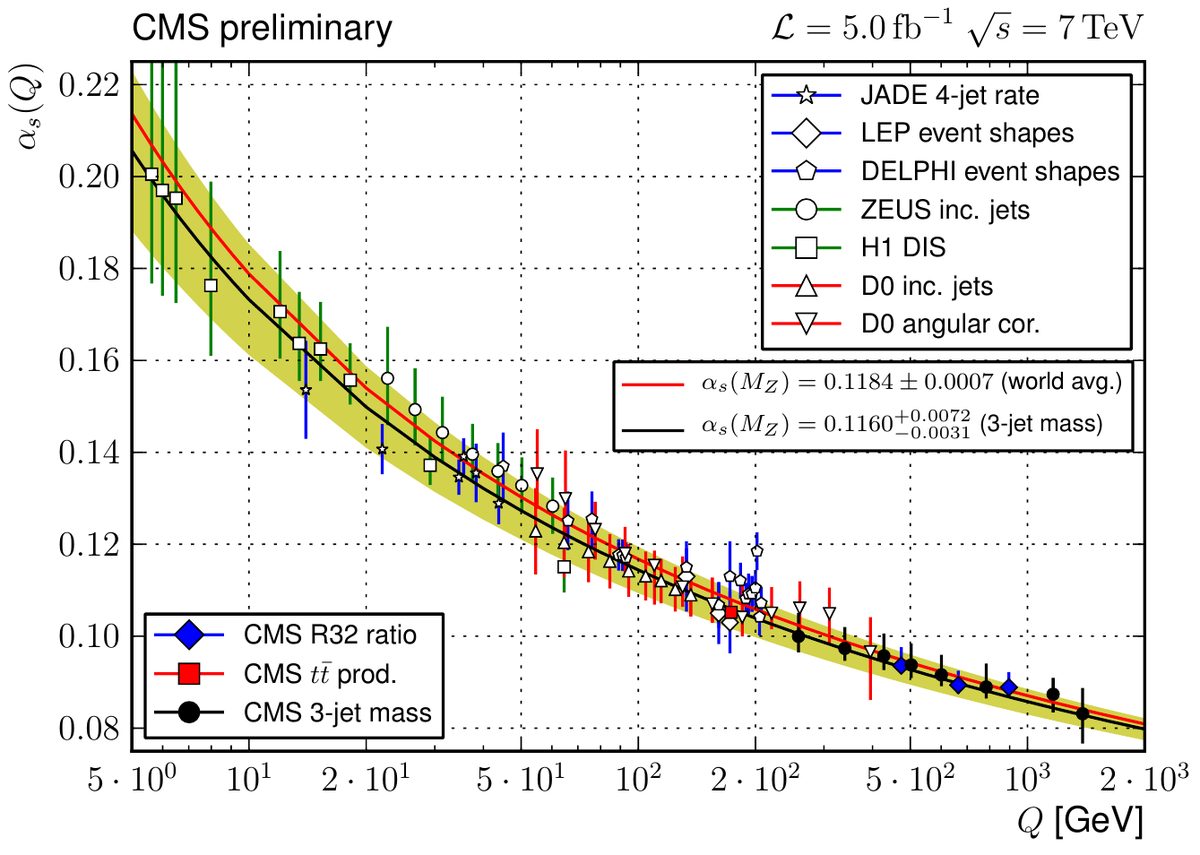
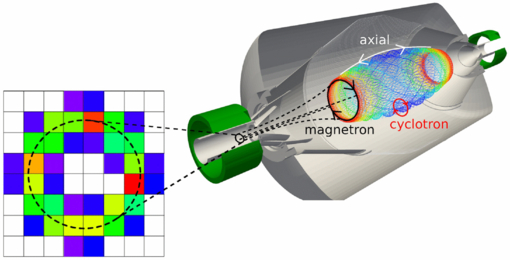
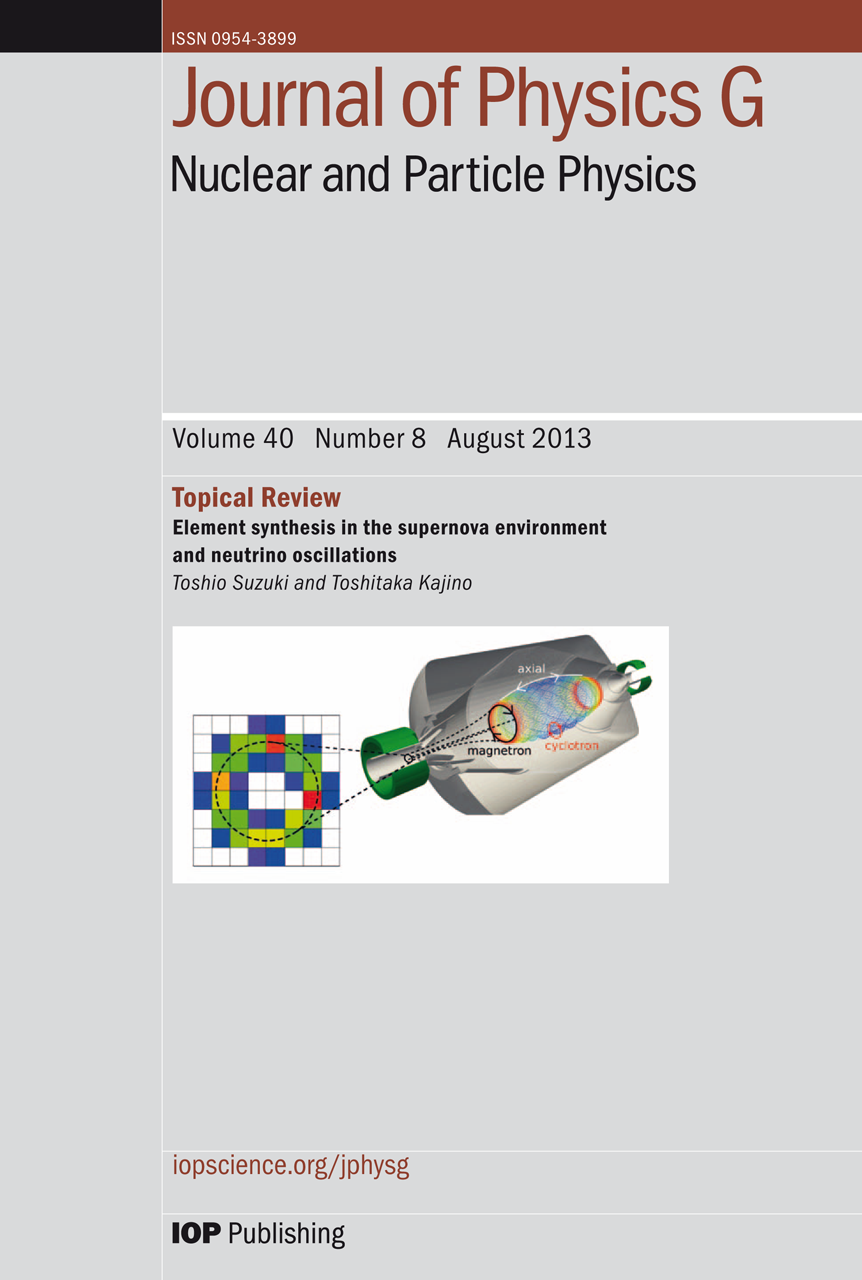
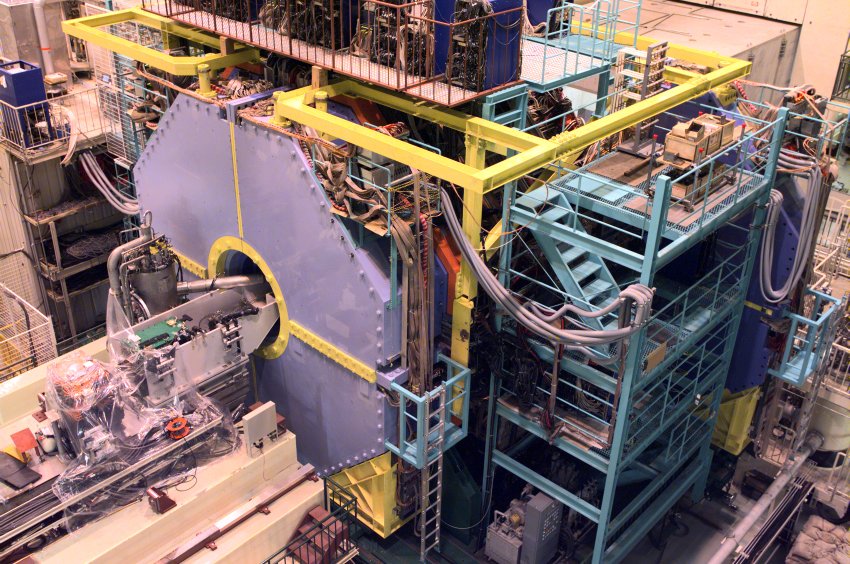
.jpg)
